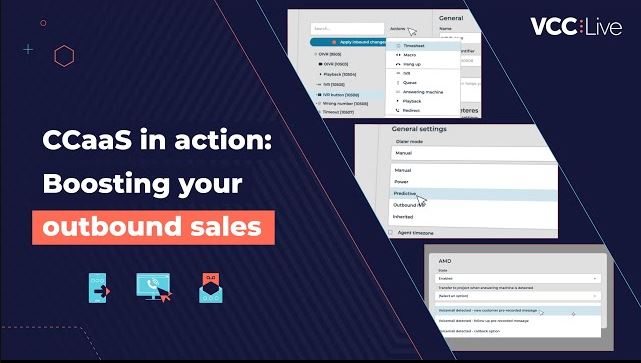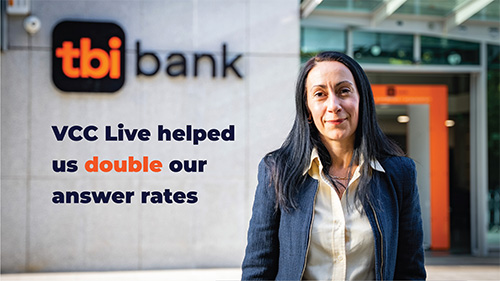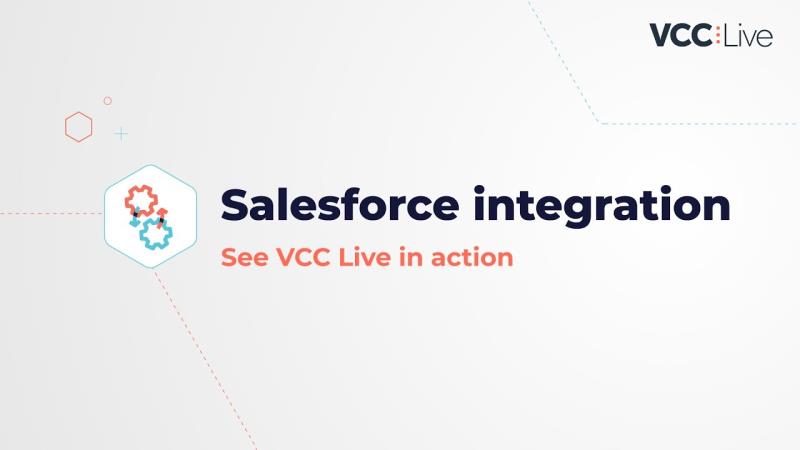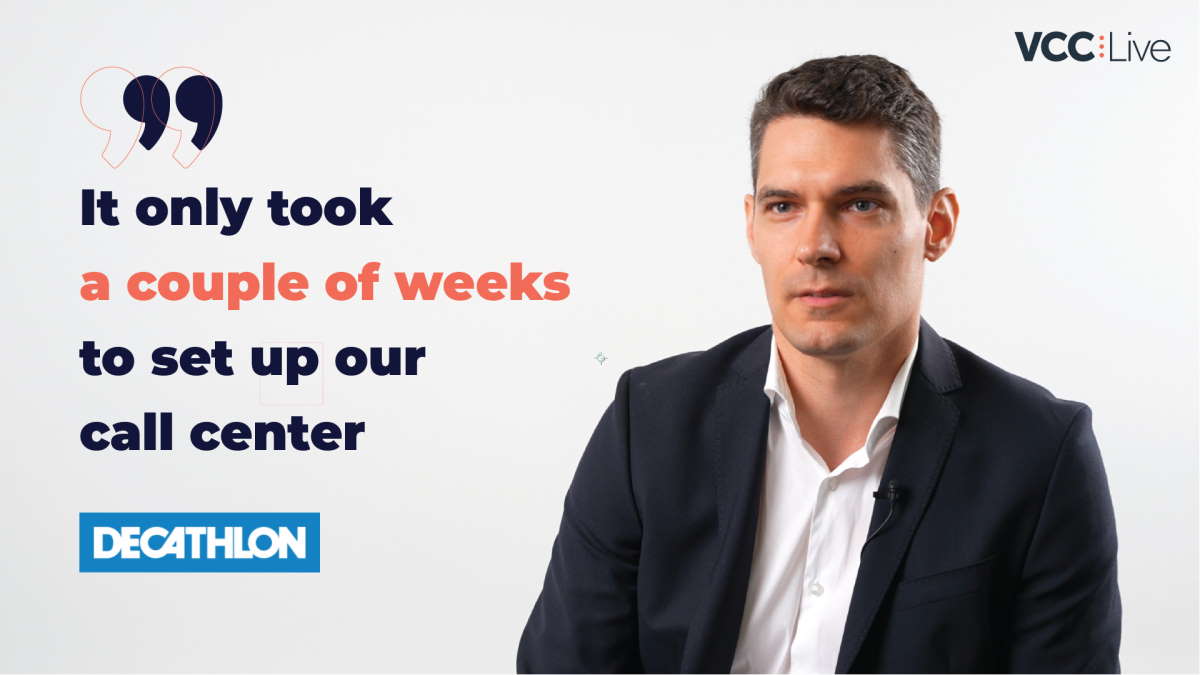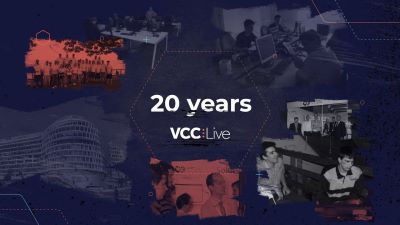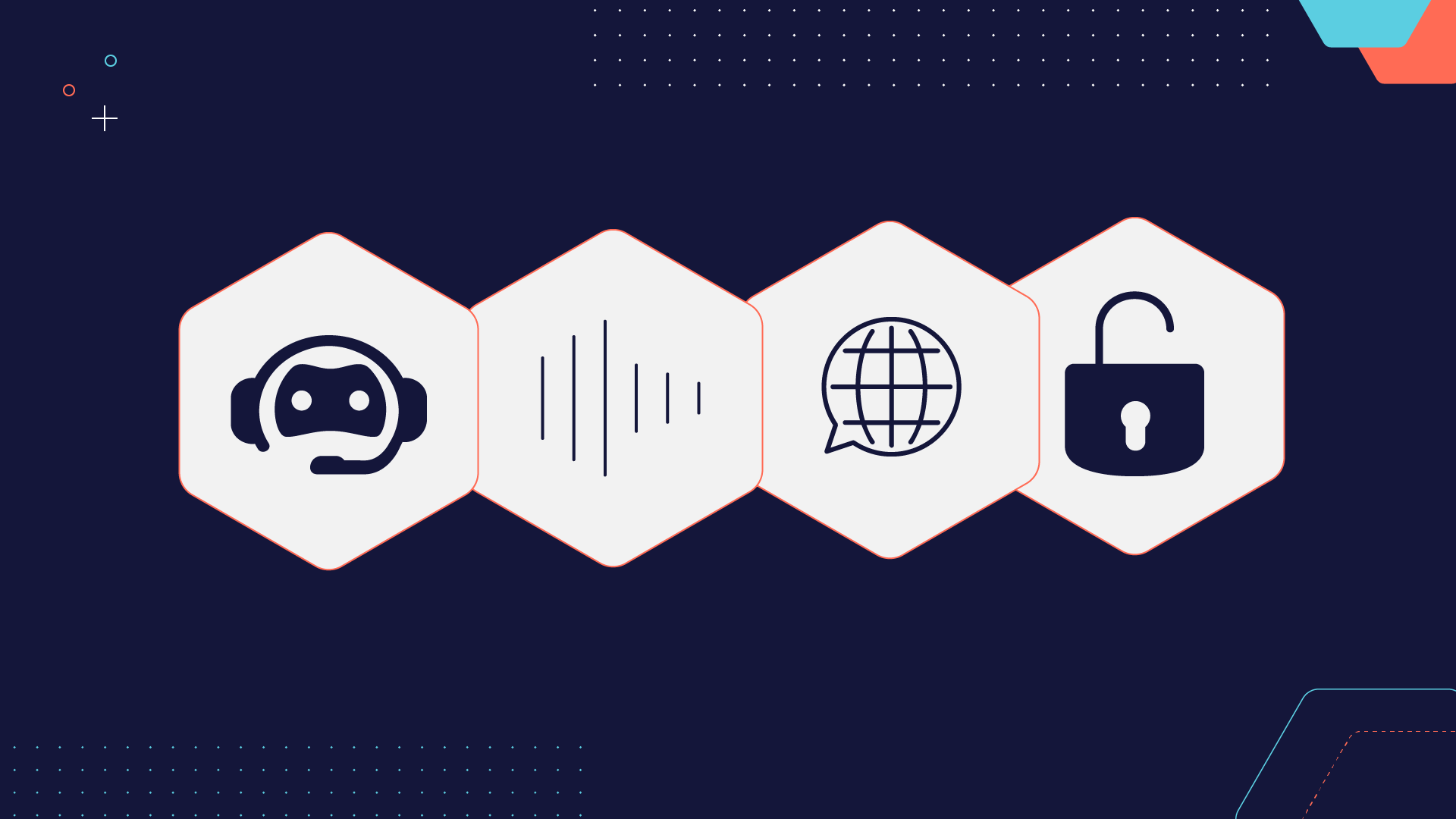Some contact center professionals may think that a top-notch customer service is mainly about having as many agents as possible talk to as many clients as possible. However the truth is a lot more complex: if your only focus is on answering calls quickly by any agent, you may actually not utilize the time of your team efficiently which may affect the quality of the support provided. This is where call routing can help so that you can focus on quality, not just quantity of handled calls.
What is call routing in a contact center?
Call routing is a contact center management feature where incoming calls are placed in a queue and transferred (in other words, routed) to an agent or a self-service menu based on specific criteria. Call routing systems are also referred to as Automatic Call Distribution (ACD). Just like the name suggests, these systems work on automatically distributing inbound calls to the most suitable agents based on any criteria.
Call routing can be based on the time of day, department, language preferences, call volume, the complexity of the call, agent skillset and knowledge, or basically anything else that is relevant in your case. With well-optimized call routing, you can improve many of your contact center KPIs, such as First Call Resolution (FCR) and the overall productivity of your operations.
The context of the call
Instead of aiming to transfer all your incoming calls as soon as possible to the next available agent, you first need to think about the reason behind your incoming calls. Oftentimes, a large percent of your calls can be automated and sent to self-service instead of using valuable human resources.
In most cases, there are at least 3-4 call types in an inbound operation that can be easily automated without having to involve a live agent. 20-40% of your inbound issues can typically be solved by simply giving access to relevant customer information. Calls that can easily be routed to an automatic self-service include calls relating to package delivery times, billing information, or product and pricing information. With the use of self-service, you can decrease your call volume and considerably save on your human resources, making sure that your agents are used where they are most needed.
Routing your calls to live agents
When it comes to complex calls, the main question becomes: Which agent would handle the call the most efficiently? You can use multiple methods when routing your calls to the appropriate agent, depending on the context of the call.
Most modern call routing technologies offer the option of skills-based routing. This feature enables you to route calls to a specific agent or department based on the criteria that you specify. In other words, you’ll be able to direct callers with specific requests to agents with the appropriate skill-set and training or to a department, specialized to handle their issues.
Next to skills-based routing, you also have the option of creating VIP queues with routing technology. Call routing enables you to identify VIP callers, routing them to the most appropriate agent fit to handle their case, or, if they are not available, the caller can also be placed first in line in the queue.
Finally, you also have the option of using modern routing technology with Computer Telephony Integration (CTI). This allows agents to look at the caller’s data, such as their previous communication history before answering the call. CTI integration can lead to better call resolution, providing a more personalized and overall better customer experience for your clients.
The importance of choosing the right IVR
When considering call routing, it is also important to take IVR into consideration. Interactive Voice Response (IVR) enables customers to interact with automated menus. Using IVR can help identify the callers’ issue more effectively, routing calls to the most appropriate agents or to the relevant self-service section without hassle or delay.
When setting up your IVR, make sure to give your clients the option of going back to the previous menu with the use of dial selection. Before choosing your IVR, make sure to look for technology that enables IVR menu modification on the go, without having to log in your agents again. Given that business offers as well as customer needs change often, your team should be able to immediately respond to and reflect these changes within their IVR system.
When thinking about good customer service, call routing is one of the first tools that comes to mind. However, before using this technology, make sure to assess the context of your incoming calls, the skills of your live agents, and think about choosing the right IVR system. 20-40% of most inbound operations can be routed to self-service instead of a live agent, enabling you to considerably save on your human resources. When managing more complex calls, you can use skills-based routing, VIP queues, and CTI integration in order to have the most suitable agents handle the call.
